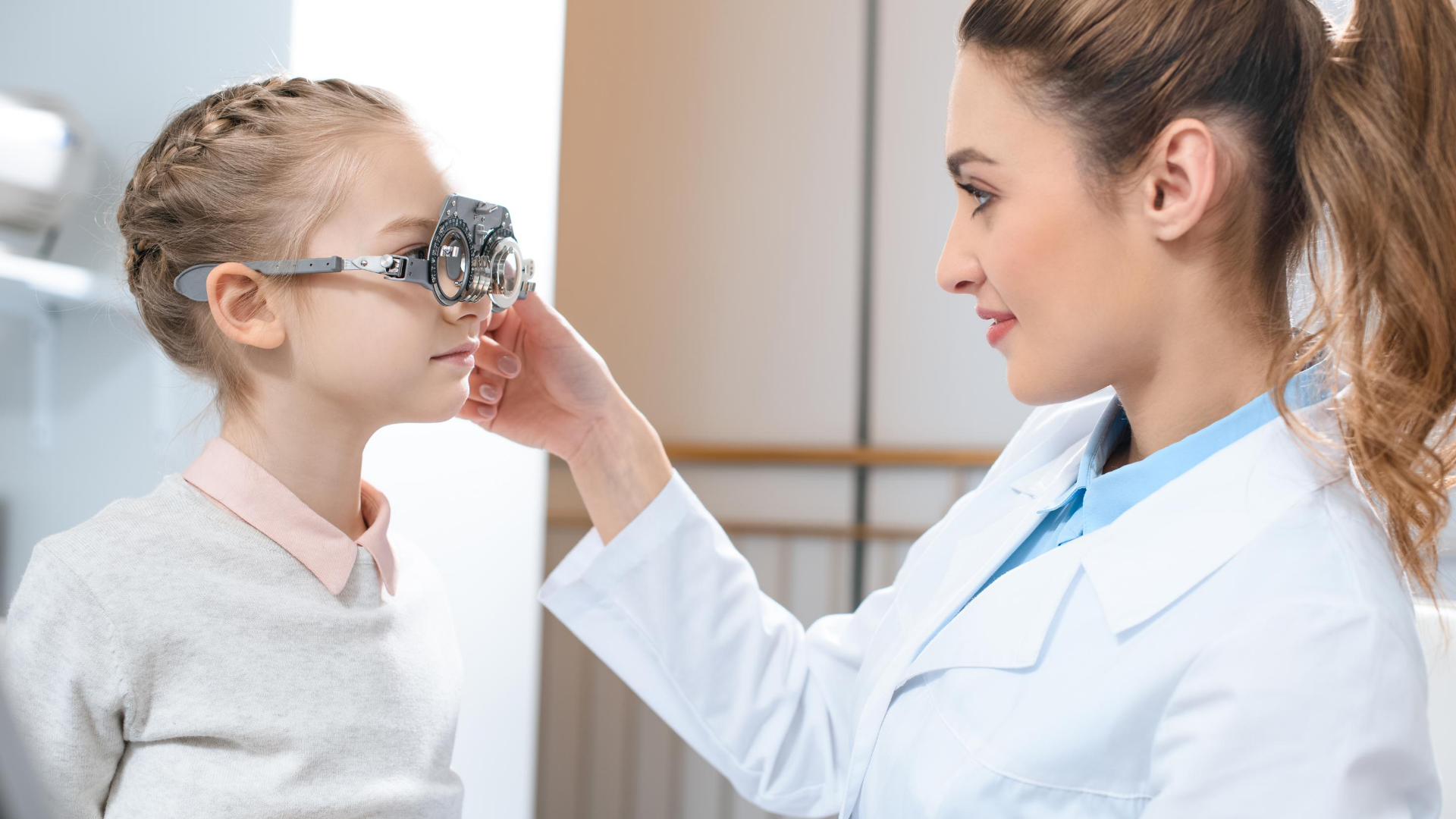By Astrid Graterol on Aug 21, 2020 @ 10:00 AM
As summer vacation comes to an end, a new school year begins. This year may be different than the others due to COVID-19, but a back-to-school routine will still be necessary. One thing you should include in your child’s back-to-school routine is a comprehensive eye exam. An eye exam is more important than you think and can help your child exceed this school year. Here are four reasons why you should schedule your child’s eye exam today!
1. Most Children Don’t Know How To Detect Vision Problems
According to America Optometric Association. one out of four kids may have undetected vision problems. Young children with eye issues are often unaware that there is a problem with their vision. So, it is up to parents to detect signs of poor eyesight. Common signals that your child may be experiencing a vision problem include covering one eye, holding reading materials close to the face, a short attention span and complaining of headaches or other discomfort.
2. Undiagnosed Vision Problems Affect Learning
Up to 80 percent of the learning children do is through their eyes, so having an undiagnosed and untreated vision problem can have long-term effects on their education and confidence. There are many basic visual skills beyond seeing clearly that are important to supporting academic success. Here are just a few:
- Recognition—the ability to tell the difference between letters like "b" and "d".
- Comprehension—to visualize what is happening in a story.
- Retention—to be able to remember and recall details of what we see.
- Visual acuity - the ability to see clearly at longer distances for viewing the chalkboard, at intermediate distances for the computer and up close for reading books.
If any of these visual skills are lacking or not performing properly, a child will have to work harder to learn. Students who struggle can experience headaches, eyestrain, and even fatigue.
3. Blue light Affecting Your Child’s Eyesight
Some schools have gone virtual and this means your child’s eyes will be exposed to blue light coming from screens, increasing their risk of developing vision conditions. Be aware of symptoms to over exposure of blue light, such as, headaches, eye squinting, eye irritation, and frequent eye rubbing. If your child already wears eyeglasses, ask their primary optometrist about prescribing lenses with blue light protection. If your child does not wear eyeglasses, check the display settings on the devices and look for the blue light filter blocking option, or you can always order a blue light screen protector that is easy to apply.
4. Vision Problems Children Can Develop
Even a child who can see clearly and has 20/20 vision can still have a vision problem relating to eye focusing, eye tracking and eye coordination. The most common vision problem in school-age children is blurry vision by nearsightedness (myopia), farsightedness (hyperopia) and astigmatism. If left unmanaged, your child may have a hard time seeing things written on the classroom board, interfering with their learning.
A child may not tell you that he or she has a vision problem because they may think the way they see is the way everyone sees. Be sure to look for the signs that may indicate your child has a vision problem. Because vision may change frequently during the school years, your child should receive an eye examination every year, or more frequently if recommended by your optometrist. Before your next appointment, test your child’s vision at home with our free at home vision test by clicking the image below!





comments